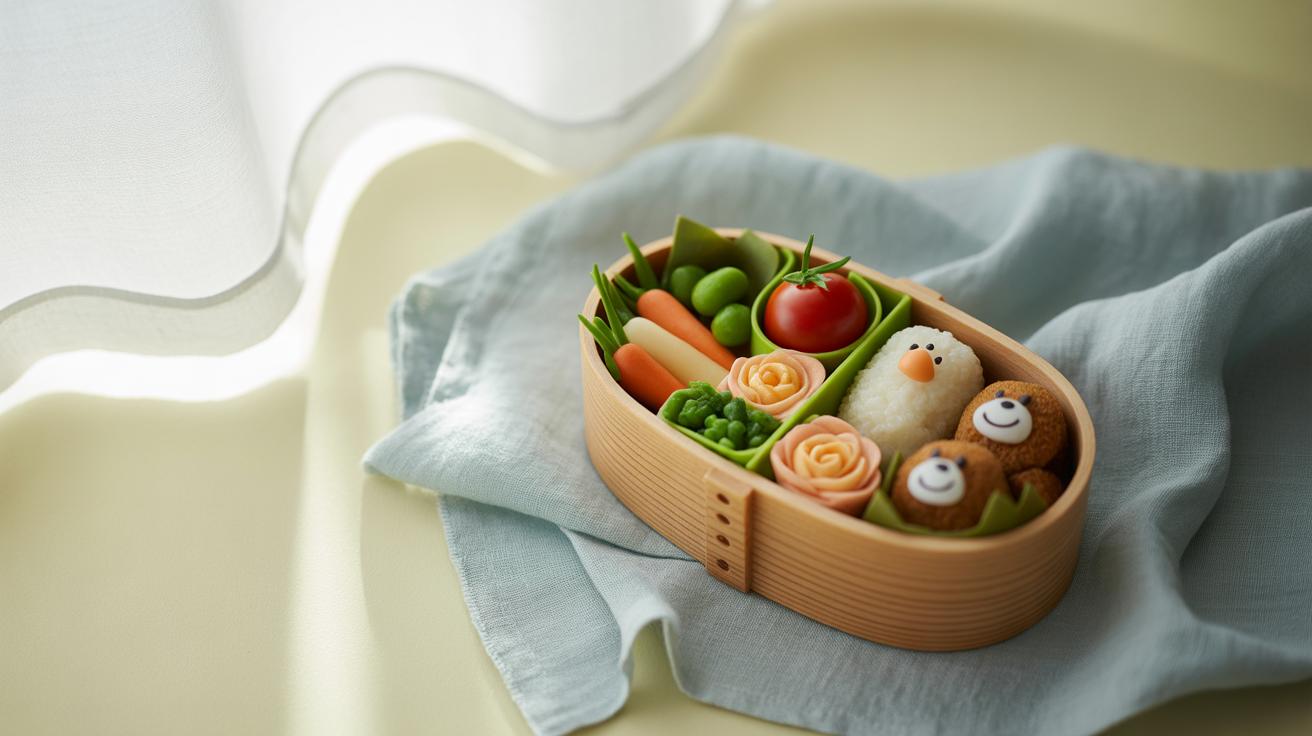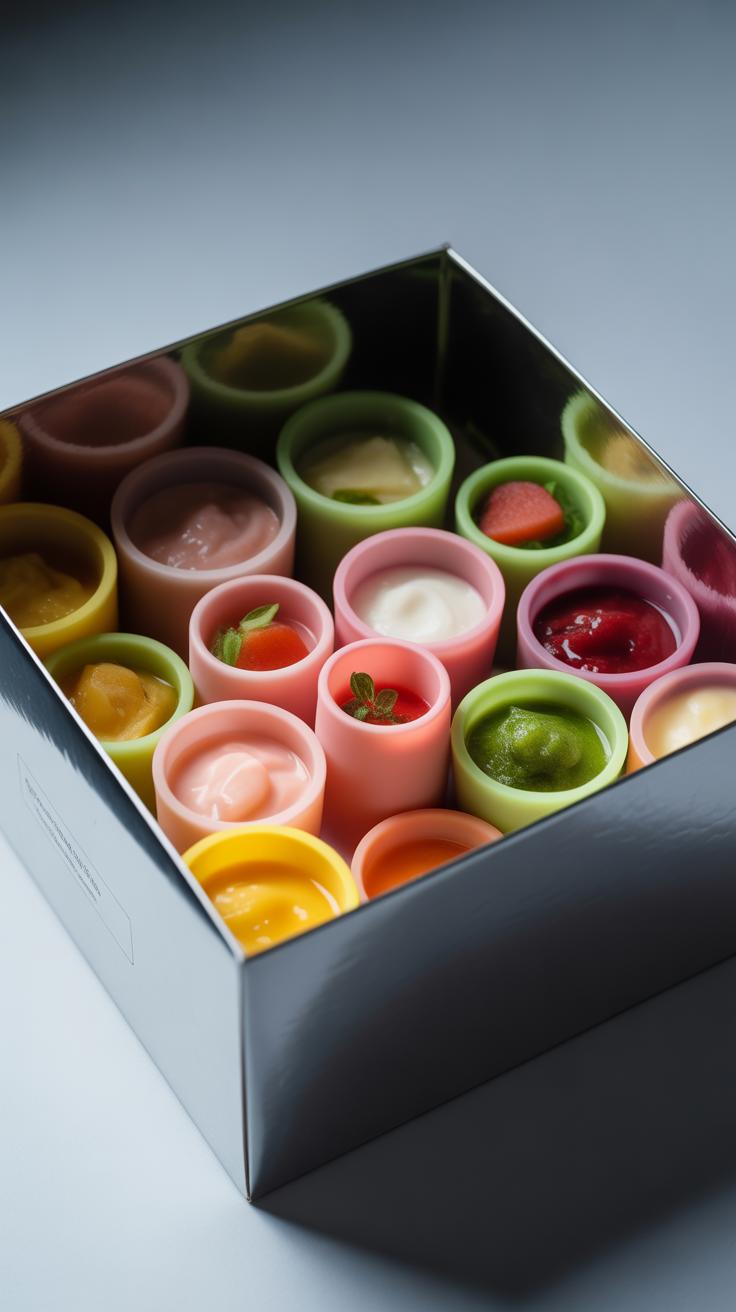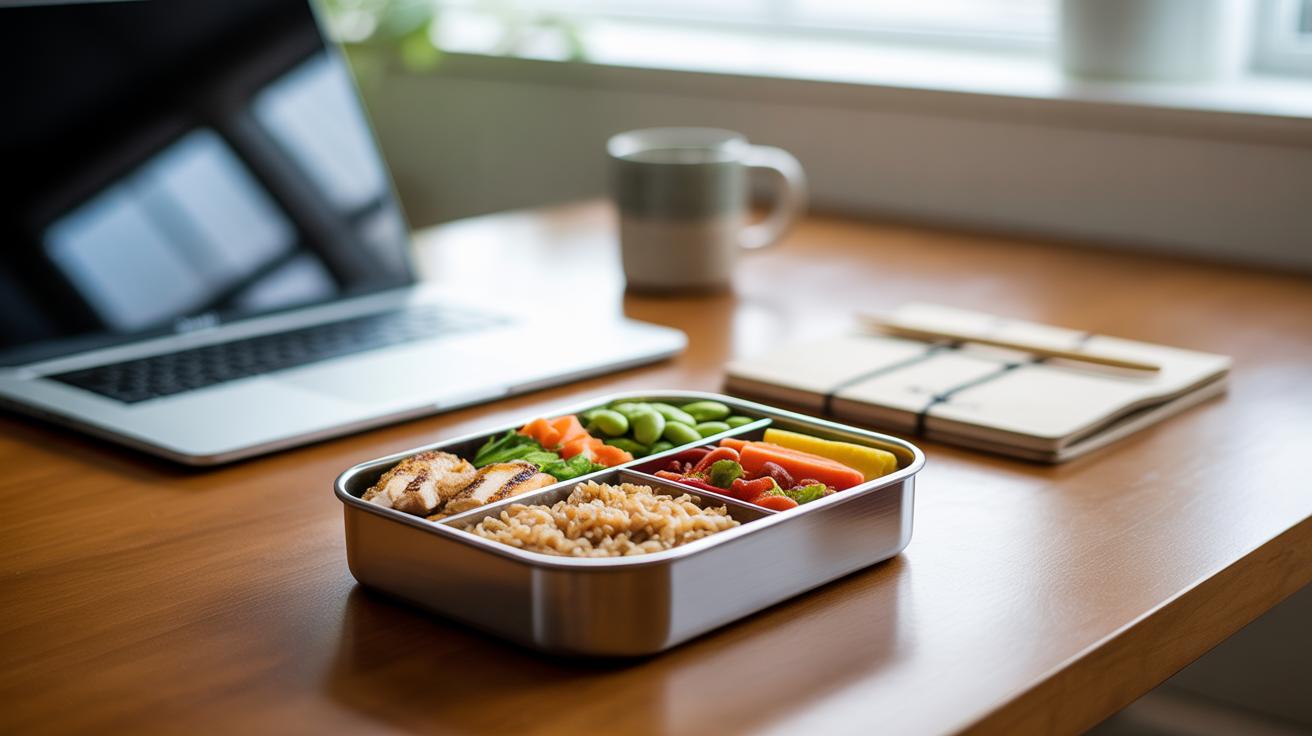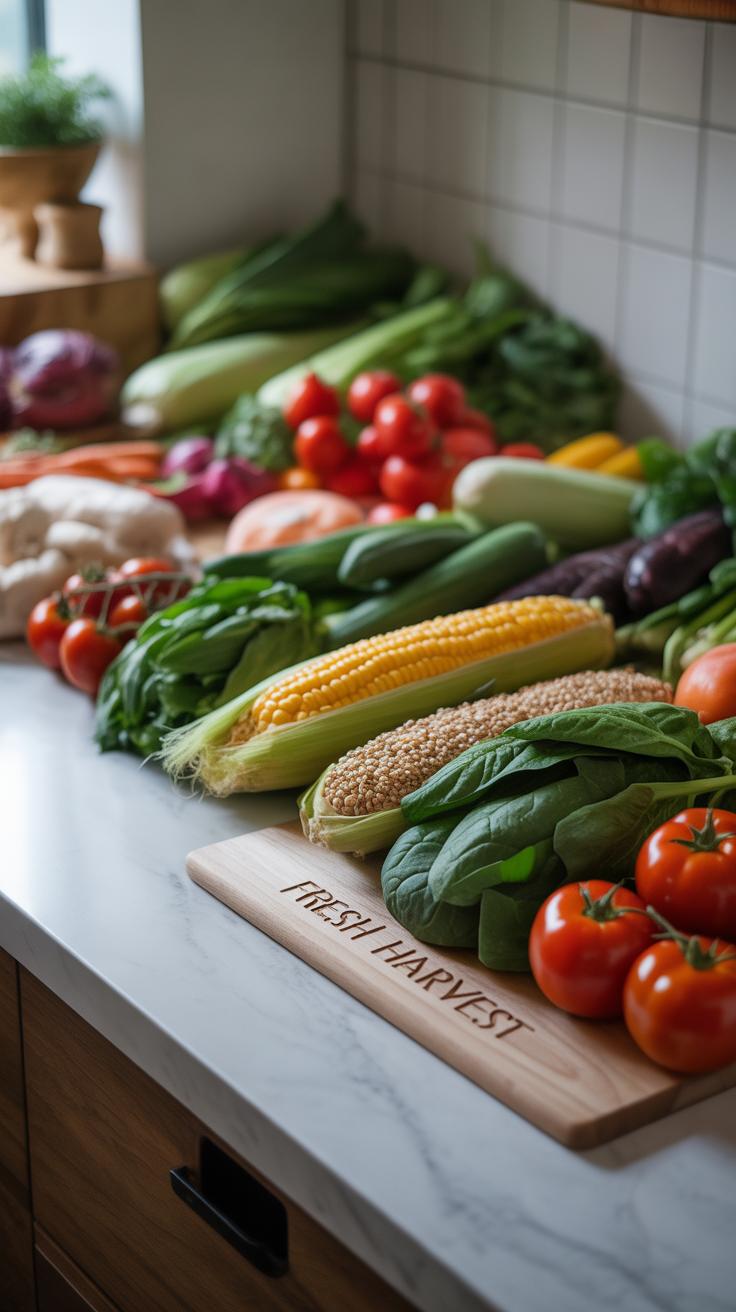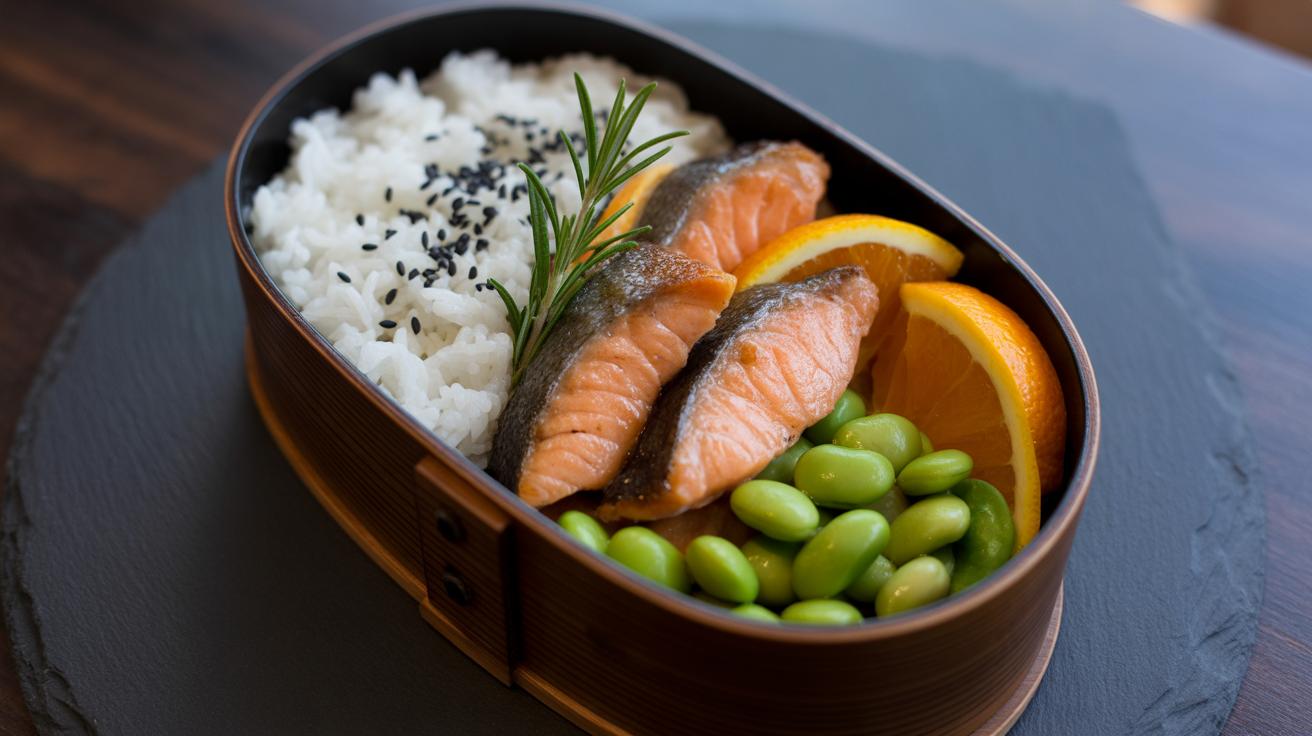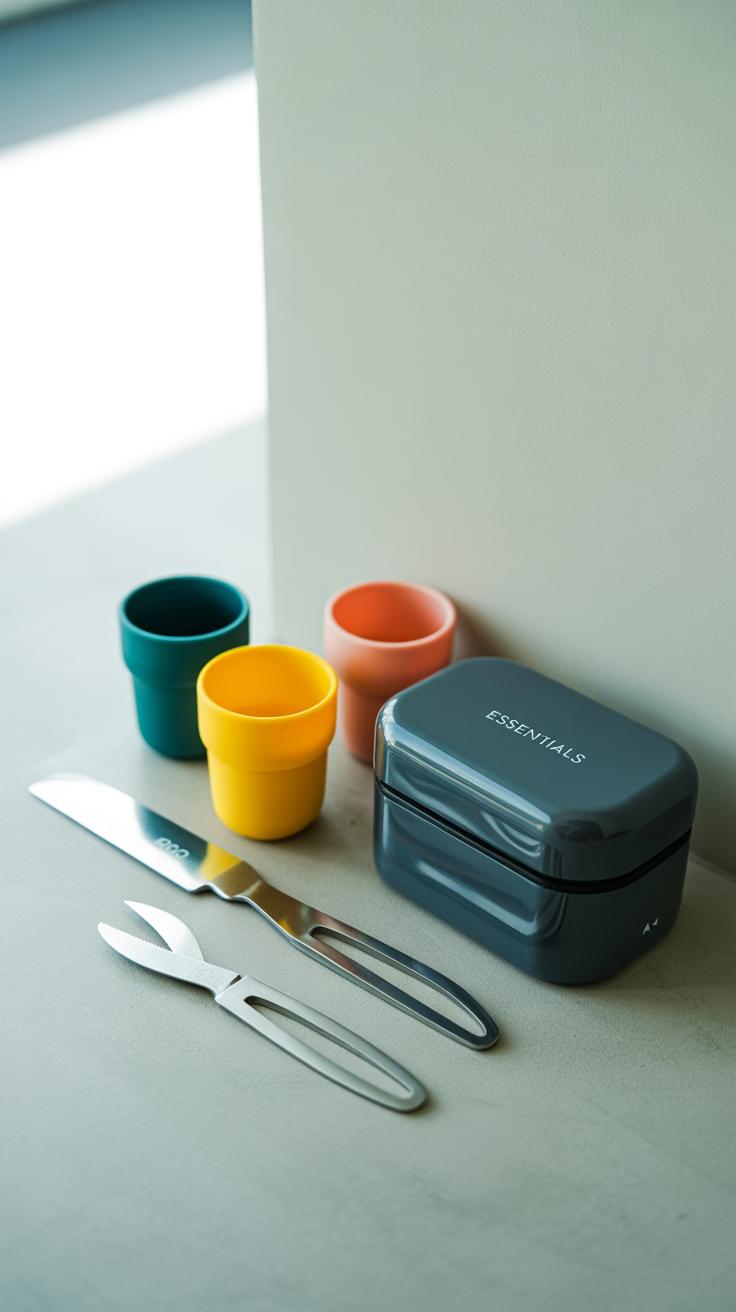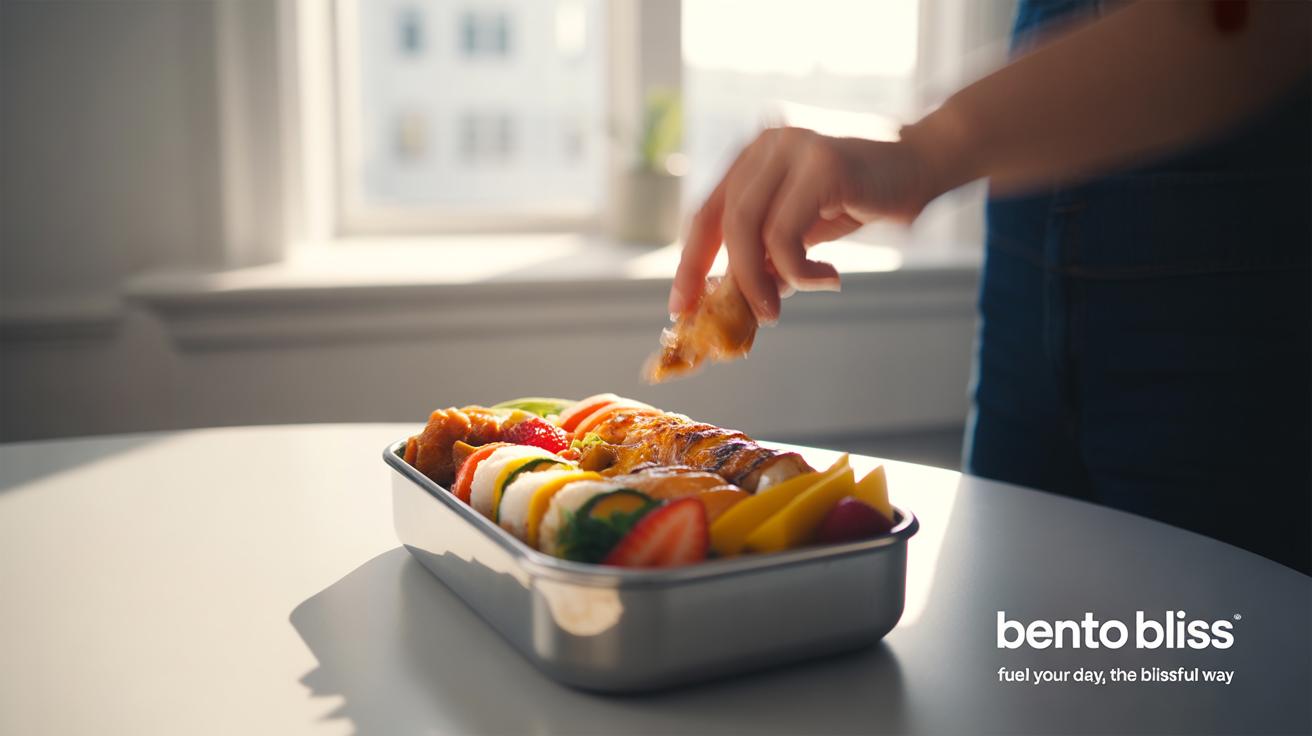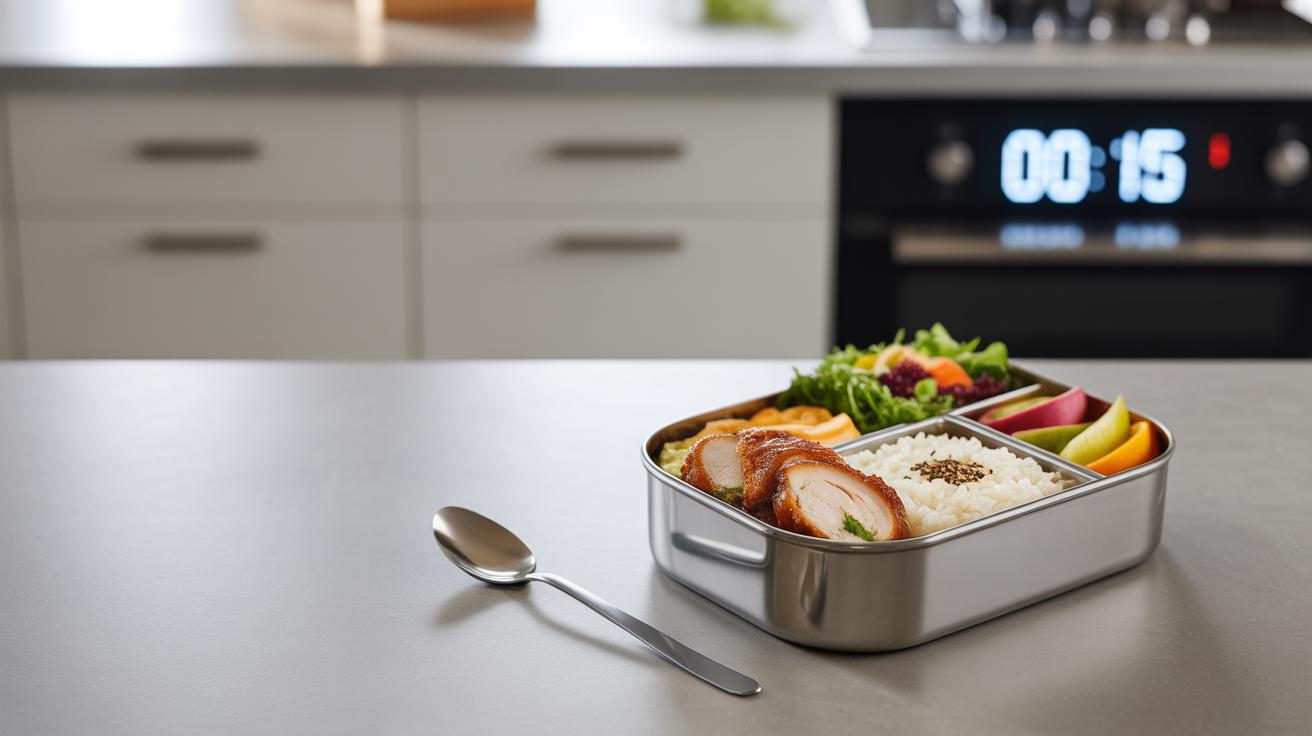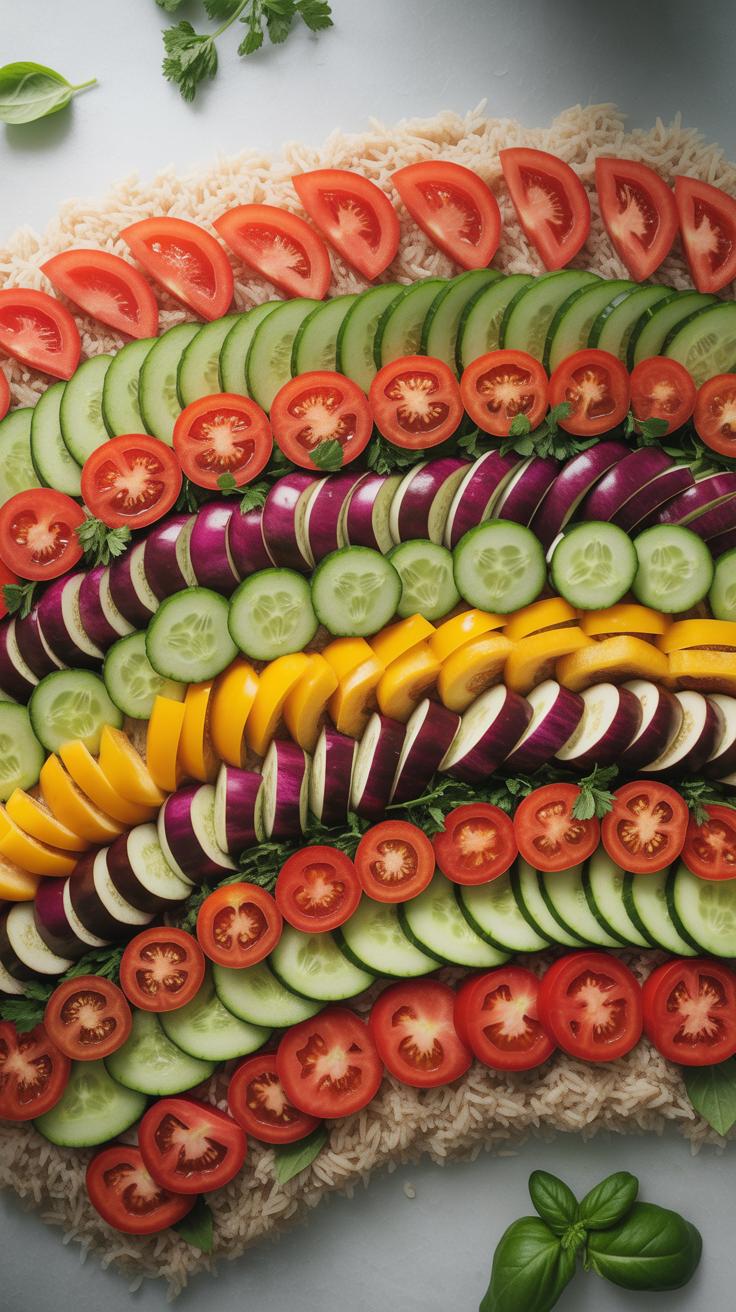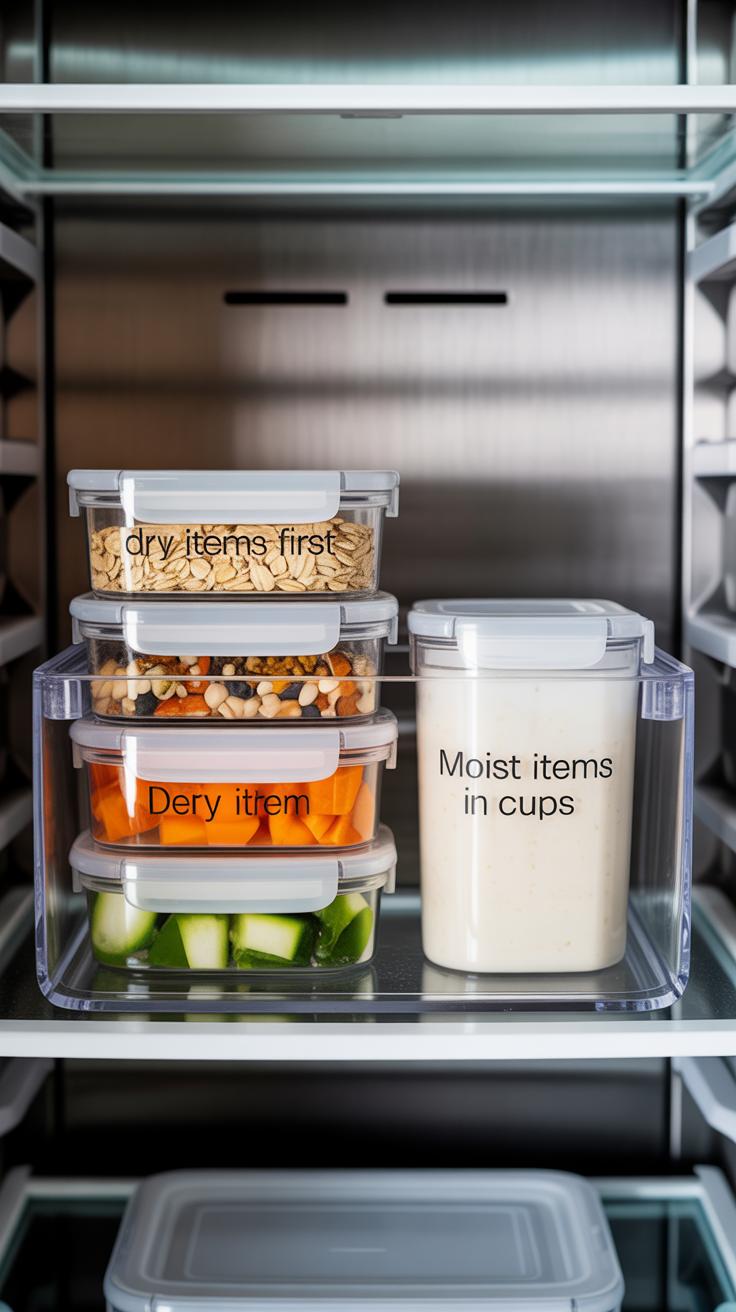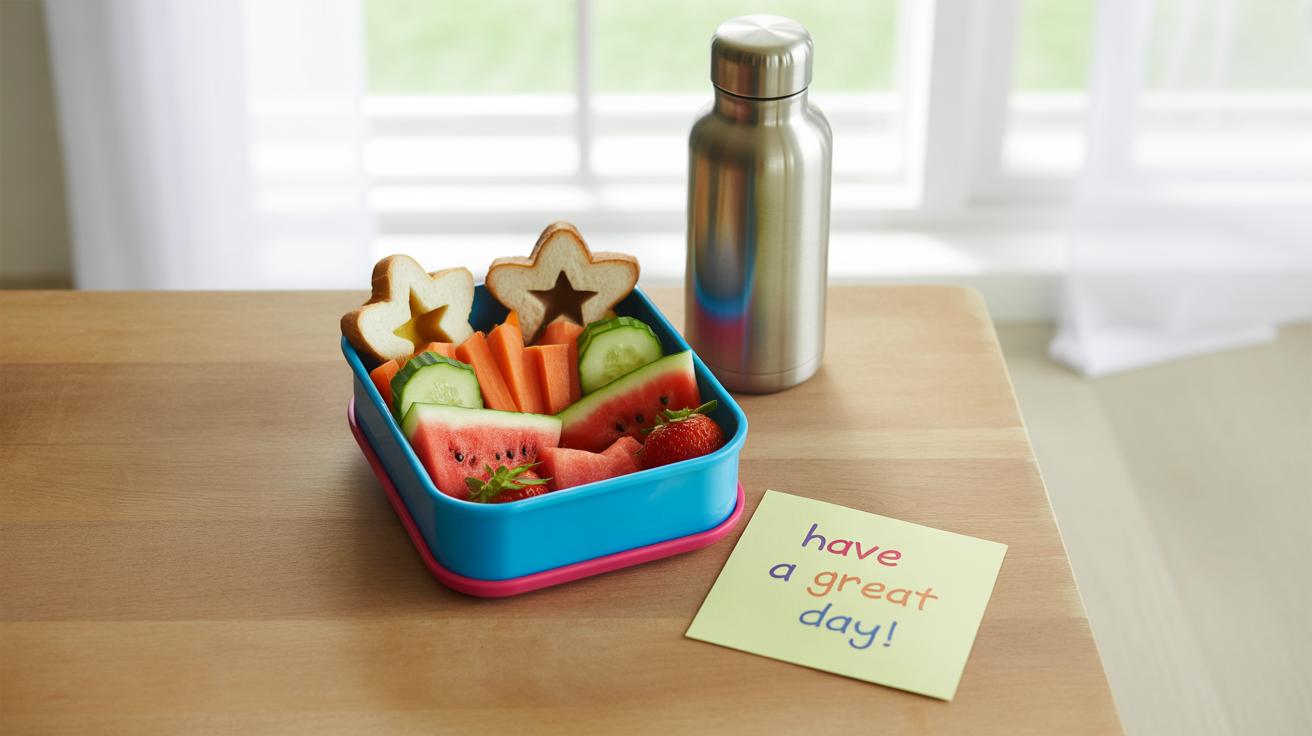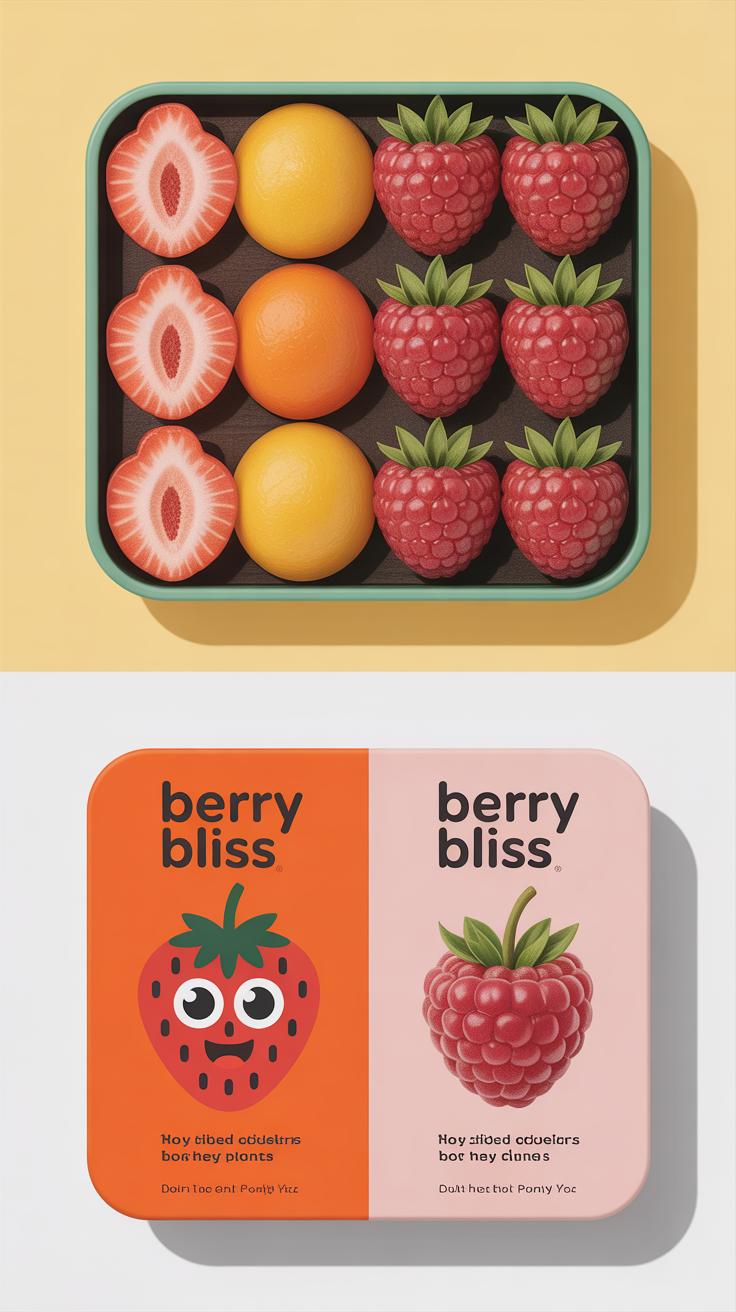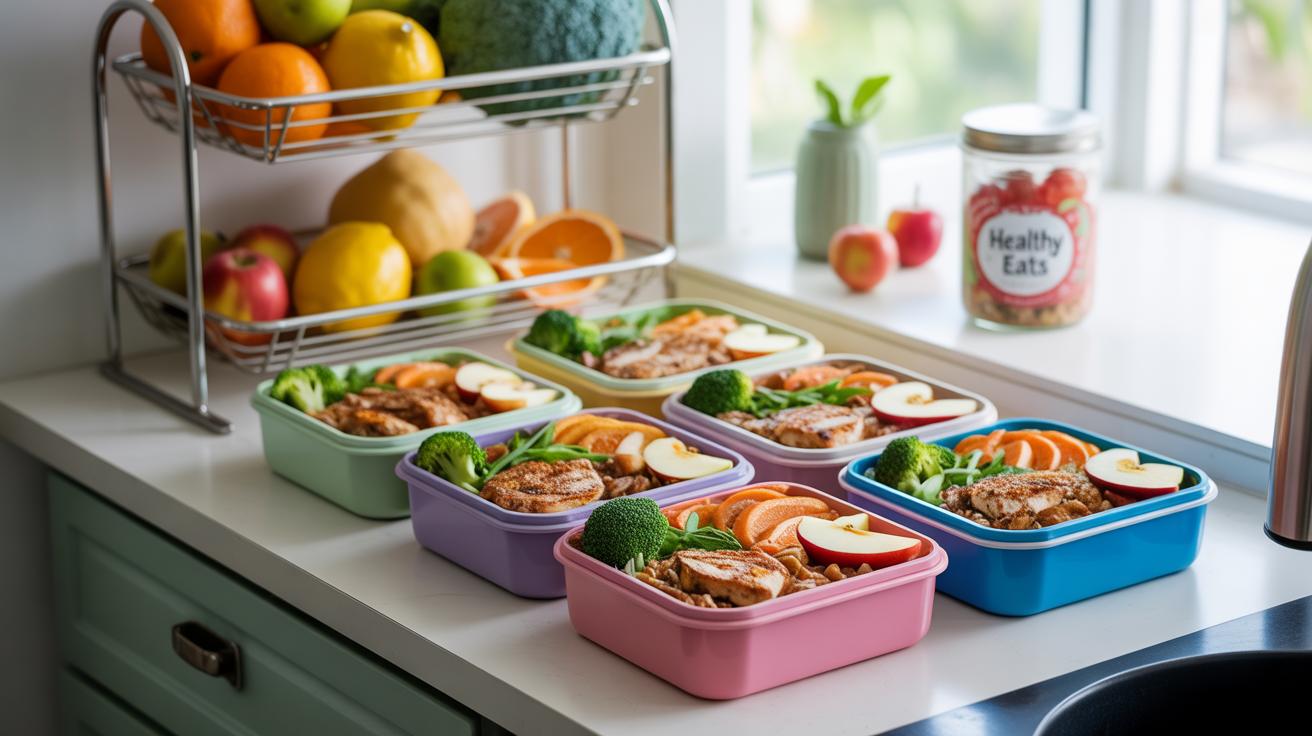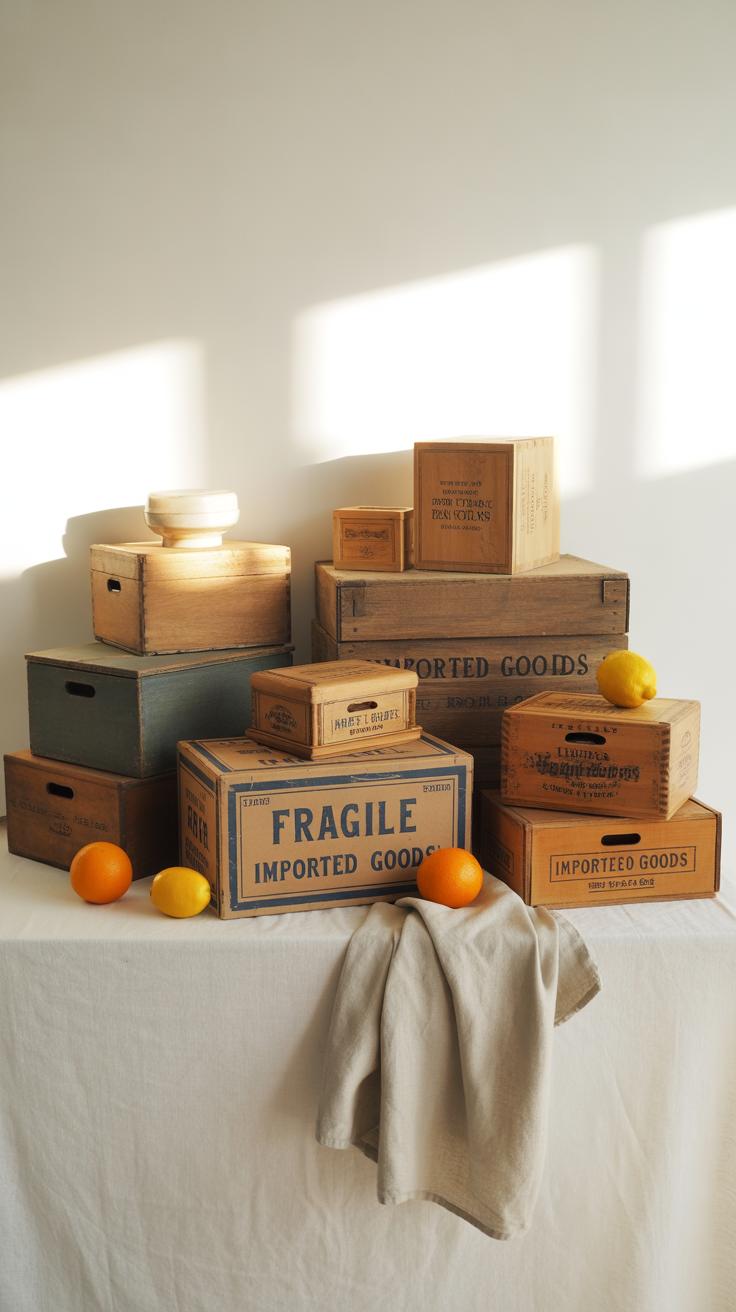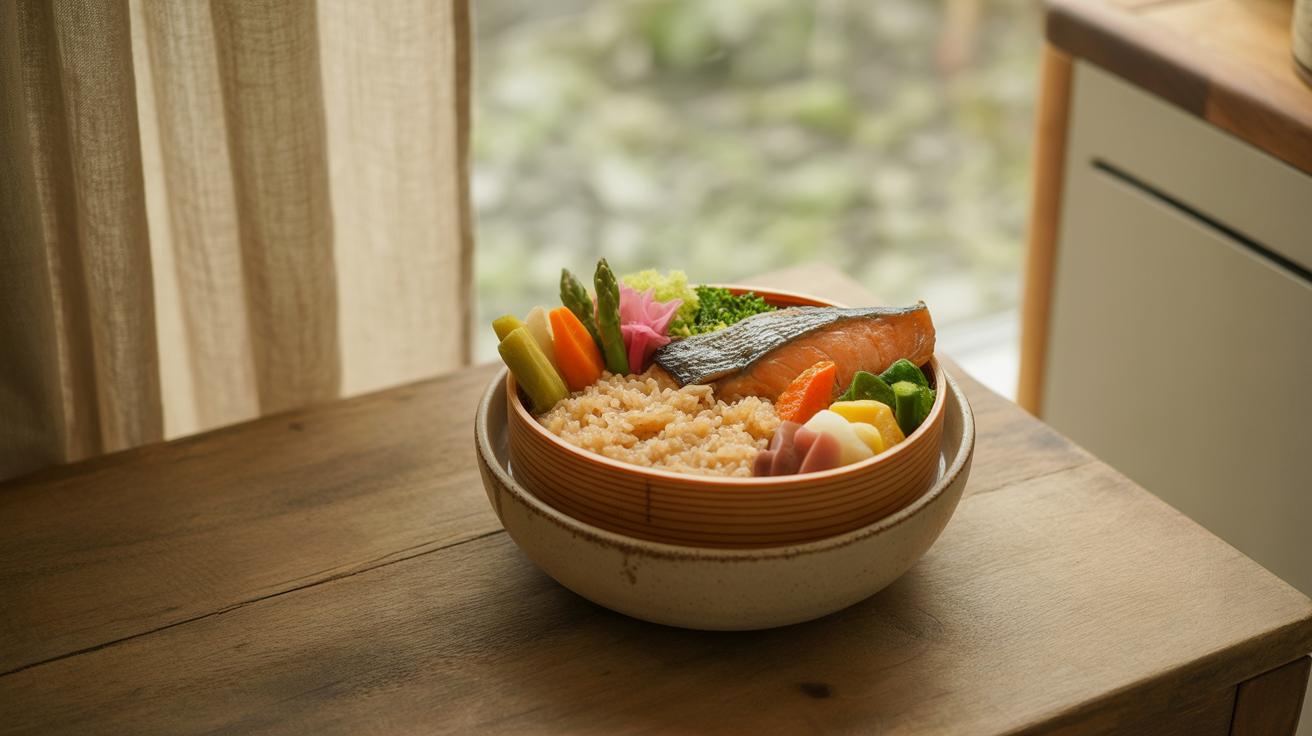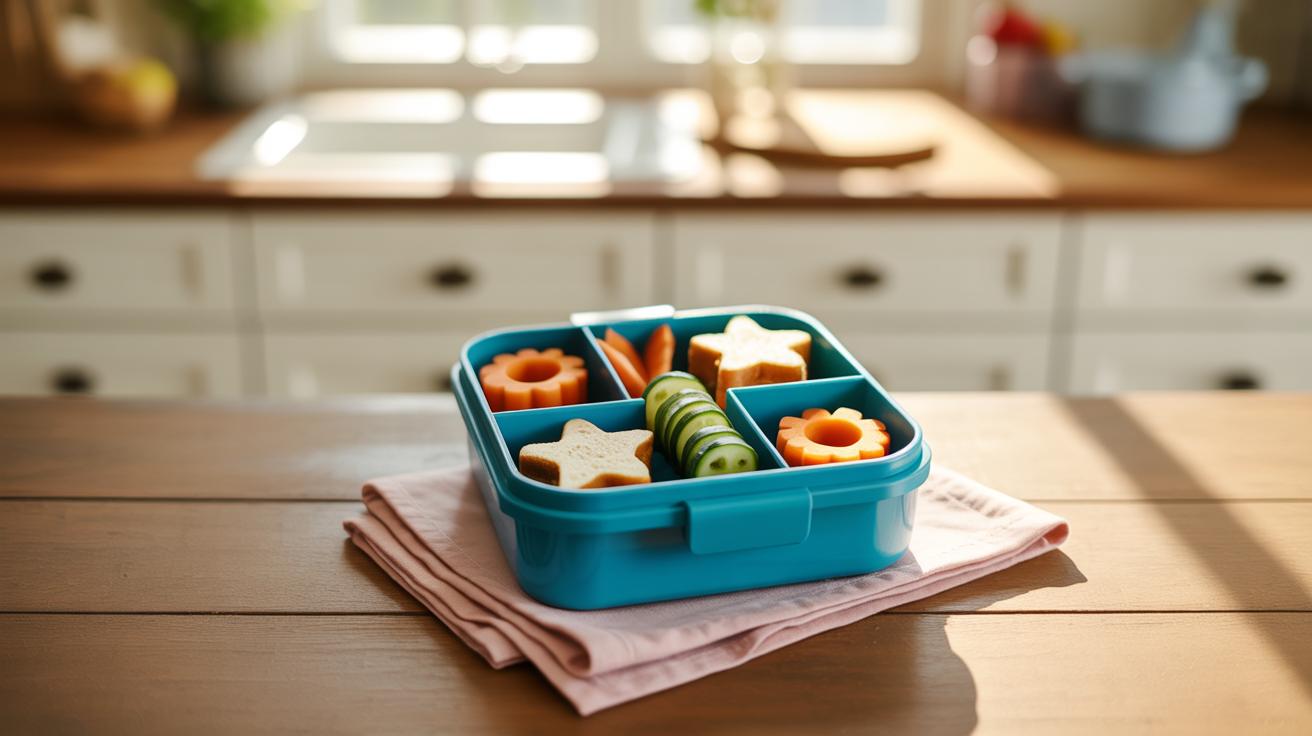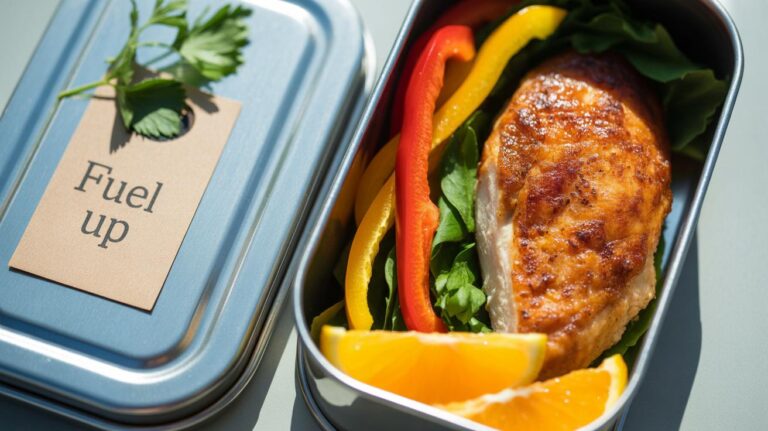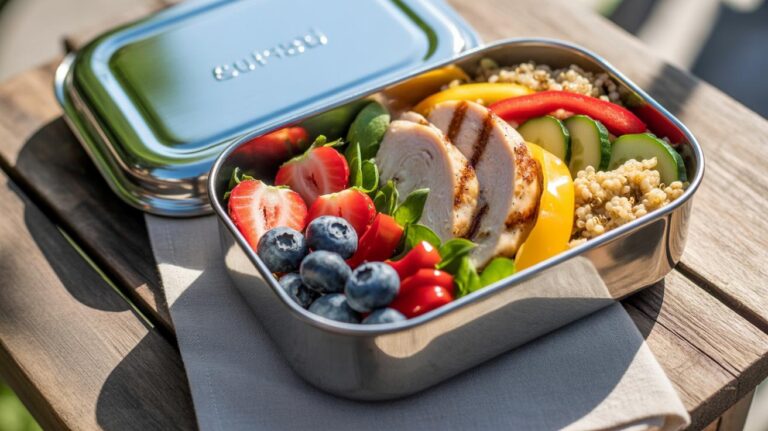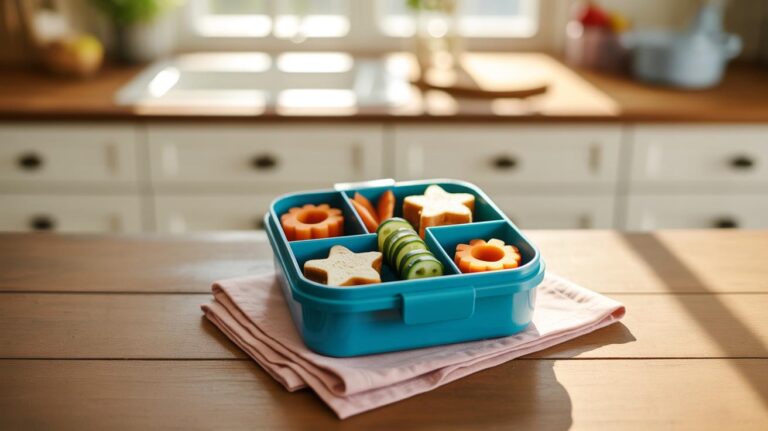Introduction
Cute bento boxes attract attention not just because they hold food, but because they transform mealtime into a joy. Bento boxes are single-portion packed meals originating from Japan. They often feature rice, vegetables, and protein neatly arranged in compartments. In recent years, the creativity behind these boxes has grown, leading to designs that look like fun characters or colorful scenes. This trend has turned lunch into an enjoyable experience for both kids and adults.
Understanding the charm of cute bento boxes helps you appreciate the combination of food art and nutrition. This article explores the cultural roots of bento, the elements that make these boxes appealing, and practical advice on how you can make your own. If you want to bring a bit of happiness to your meals and impress friends or family, learning about bento boxes is a great start.
The Elements That Make a Bento Box Cute
When you look at a bento box that instantly melts your heart, what exactly pulls you in? It’s often a blend of small details that come together in a somehow simple but charming way. Colors play a big role—soft pastels, bright reds, or gentle greens can lift the whole mood of the box. They don’t need to be loud or overwhelming; sometimes subtle hues do the trick better than anything bold.
Shapes also matter. Round rice balls, star-shaped sandwiches, or tiny carrot flowers catch the eye without feeling forced. The natural curves and neat edges add a sense of order and friendliness simultaneously, inviting you to explore each compartment. There’s something about these shapes that make food look less like fuel and more like a little gift.
- Use small picks or food dividers with cute patterns like animals or simple faces to add personality without clutter.
- Arrange food so it tells a story or follows a theme—like a garden full of veggies or a mini beach scene with seaweed and fish-shaped items.
- Textures can be playful, too. Mixing soft rice with crunchy veggies or glazed treats encourages more than just visual interest.
You might notice that many cute bento boxes keep the design balanced but not overly perfect. Sometimes little imperfections—a slightly off-center face or a mismatched color—make the box feel more human, more thoughtful. It’s less about perfection and more about the joy and care that show through, which maybe, in the end, is what really makes them win hearts.
Colors and Presentation Techniques
Bright colors often steal the show. Think of reds from cherry tomatoes, deep green from broccoli, or sunny yellow from tamagoyaki. These shades contrast nicely and give the box a lively feel. The way food is arranged matters too. Balanced placement, where no single ingredient overwhelms the others, helps keep the eye moving—maybe in a circle or a neat grid. Compartmentalization plays a subtle but crucial role by keeping everything tidy and visually distinct, which somehow adds to the charm. You might find yourself stopping to admire each little section, even if it’s just a cluster of grapes.
Character and Nature-inspired Decorations
Characters inspire instant affection—kyaraben (character bentos) create a sense of fun. Faces made from rice balls or seaweed, tiny meatballs drilled with olive eyes, or carrot stars can transform a meal into something playful. These designs seem to connect to a childlike sense of joy, but adults appreciate it just as much. Nature-inspired decorations, like flowers carved from radishes or shaped cucumber slices, bring a gentle elegance. Sometimes a simple leaf-shaped cheese slice feels more charming than you’d expect. These touches don’t just fill space; they invite you in, tempting you to pause and really see the meal before digging in.
Choosing the Right Ingredients for Your Bento Box
Picking ingredients for your bento box feels like a bit of a balancing act. You want it to look cute, yes, but also to nourish. Sometimes it’s tempting to go all out on colorful decorations and forget how important good nutrition is. So, start with a few basics that can do both jobs.
Think bright veggies like cherry tomatoes or steamed broccoli for green and red pops. They’re simple but lively. Soft-boiled eggs add not only protein but a comforting shape, especially if cut in half. Fruits like blueberries or thinly sliced kiwis introduce sweetness and color, alongside vitamins.
Try mixing textures as well. Crunchy cucumbers paired with tender rice shapes make the box interesting visually and on the palate. Don’t shy away from subtle natural colors—like a light purple from pickled radishes—which might surprise you with how much life they bring in.
You’ll want to juggle these goals: bright color, varied textures, and nutrition. But what about food safety? Freshness is key. Pack foods that can stay fresh for hours without refrigeration or keep the bento cool if you add more perishable items. Using small ice packs or insulated containers can be helpful.
One trick I learned after some trial (and mistake) is to avoid soggy food by separating juicy ingredients with silicone cups or tiny containers. It keeps everything looking neat and fresh. If you’re unsure about something lasting the whole day, maybe swap it for a more resilient choice. It’s a little inconvenient but worth it to keep your cute bento appealing at lunchtime.
Tools and Containers to Craft Your Bento
Choosing Bento Boxes with Compartments
Compartmentalized bento boxes are almost essential when you want to keep your lunch tidy and visually inviting. Each section separates foods, preventing mixing flavors or soggy textures. It’s not just functional—there’s something about seeing neatly arranged pockets of color that makes the meal feel special.
You might wonder if too many compartments feel restrictive. Sometimes they do, especially if you want to pack something larger or less structured. But most come in various sizes, so finding a balance is possible. For example, a box with one big section and a few smaller ones gives you both flexibility and order.
Also, I found that stacking bento boxes with lids that seal well helps keep everything intact. It’s easy to transport without worrying about spills, which could ruin your cute presentation before lunchtime even arrives.
Useful Bento Tools and Accessories
Beyond the boxes themselves, a handful of small tools makes crafting cute bento food easier—and fun. You might already know about cutters shaped like hearts or stars. They aren’t just for decoration; they encourage portion control and can turn simple sandwiches or cheese slices into delightful bites.
Here are some others you might try:
- Food picks and skewers with cute toppers—great for holding together rolled items or adding a playful touch
- Silicone cups and dividers—these keep wet or oily foods from touching others, which is handy and keeps colors bright
- Rice molds—these shape sticky rice into animals, letters, or geometric shapes, helping you create themed boxes without complex cutting skills
Wrapping small items in colorful nori or using vegetable ribbons can also improve the look without much hassle. Even a simple pair of fine scissors for trimming nori details transforms plain rice balls into tiny characters.
Have you experimented with any tools like these? Sometimes, adding one little utensil or container changes how you approach your bento, making the process less of a chore and more of a creative moment.
Creative Bento Box Design Ideas That You Can Try
When it comes to making your bento box cute, it’s not just about the food itself but how you arrange it. You might start by thinking of simple shapes—circles, stars, hearts—that can be formed with fruits, veggies, or rice molded with a little effort. For example, slice a cucumber into flower shapes or use a tiny cookie cutter on cheese slices. These small touches transform an ordinary lunch.
Animal and character designs are popular for a reason. Faces made from rice balls with nori for eyes or small bits of carrot and cheese can quickly turn your lunch into a smiling friend. Pikachu, bears, and rabbits are favorites and even beginners can tackle them by focusing on a few clear shapes rather than every tiny detail.
Seasonal and themed ideas add freshness to your routine. Cherry blossom-shaped radishes in spring, pumpkin-themed rice balls near Halloween, or red-and-green color schemes for winter holidays create a cheerful vibe. It keeps things interesting for you and the eater. Try matching colors with the season or special days—it might sound simple, but the impact can be surprisingly delightful.
What about mixing it up? You could pair a simple animal design with a seasonal element, like a rabbit holding a carrot in autumn colors. The best part is that once you experiment a bit, ideas tend to flow naturally. So, don’t worry if your first attempts aren’t perfect. Just enjoy the process of playing with food shapes and colors.
How to Pack and Store Your Bento Box
Packing a bento box is not just about fitting food inside. It’s about keeping everything fresh, neat, and tasty until lunchtime. You want your bento to look just as inviting when you open it as when you packed it. That’s easier said than done sometimes, right? But a few practices really help.
First, think about density and moisture. Wet foods can mess up dry ones if they’re packed too close. Use small silicone cups, lettuce leaves, or even plastic dividers to keep different items separate. It’s simple but effective. For example, I like placing cherry tomatoes in their own compartments so their juices don’t soak the rice or sandwiches.
When layering foods, pack heavier or sturdier items first, then lighter ones on top. This stops squishing. Sometimes, packing rice or noodles in one tight section helps maintain shape and keeps sauces from spreading. You could wrap something like tamagoyaki (rolled egg) tightly in parchment paper to keep it neat and moist.
For storage, refrigeration is your friend if you’re preparing your bento far in advance. Keep the box sealed and chilled to prevent spoilage, especially with perishable items like dairy or cooked meats. But if you can’t refrigerate, choose foods that hold up well at room temperature — think pickled veggies or hard-boiled eggs.
On the other hand, some bentos taste better warm. When reheating, use microwave-safe containers or remove certain compartments first. Just be cautious about uneven heating if you’ve packed mixed textures; you don’t want soggy vegetables next to heated rice. Sometimes I split it up: keep sauces separate in small containers and add them right before eating.
So, the question is: what do you prioritize—freshness, convenience, or presentation? Striking a balance can be tricky, but playing around with packing methods and storage can guide you to what works best for your routine and tastes.
Bento Boxes for Kids and Adults
When you think about bento boxes, it’s easy to picture bright, cartoon-like meals made for kids. But adults can enjoy adorable bento lunches too—just in a different way. The key difference usually comes down to design and complexity. Kids’ bento boxes often boast playful shapes, vivid colors, and little food characters that spark excitement about mealtime. Adults might prefer something simpler, more refined, yet still charming enough to brighten a workday.
For kids, using cookie cutters to shape sandwiches into stars, animals, or hearts can make food feel like a game. Pair vivid veggies and fruits to create a colorful palette that naturally draws their attention, like cherry tomatoes alongside slices of kiwi. It’s about making the meal feel fun enough to encourage picky eaters.
On the other hand, adults may lean toward neat compartments with subtle details—a bamboo pick here, a dusting of sesame seeds there. A bento with minimalist food art, such as a neatly rolled sushi or an elegant arrangement of nuts and cheese, can elevate lunch without feeling childish.
But honestly, sometimes adults need a little whimsy too, right? Adding a cute little animal-shaped hard-boiled egg seems silly but might just lift your mood and break the monotony of work lunches. It’s about balance—finding what appeals to you personally, whether it’s a burst of color or calm simplicity.
Where to Buy Cute Bento Boxes and Accessories
Finding Bento Boxes in Stores and Online
You might start by checking out local kitchenware shops or department stores; many carry a small selection of bento boxes, especially in areas with a strong interest in Japanese culture. Stores like Daiso or Muji often have surprisingly cute and affordable options. If you prefer to browse from home, online shops like Amazon, Etsy, or specialty sites like Bento&co offer a wide range of designs, from simple to charmingly detailed.
Sometimes, you’ll find that smaller independent sellers on platforms like eBay or Instagram offer unique handmade items worth considering as well. There’s something special about choosing a box that feels a bit personal or uncommon. But be patient—shipping times or quality can vary, so reviews can be your best friend here.
What to Look for When Selecting Bento Supplies
When picking out your bento box, size really matters. Think about how much food you typically pack and what fits your lifestyle. You don’t want something too bulky, nor something that leaves you squeezing everything in awkwardly.
The material also plays a big role. Plastic bento boxes are light and usually dishwasher-safe, yet some prefer stainless steel for durability. Keep in mind that some materials might stain or retain odors, which can be a bit annoying if you’re picky about cleanliness.
Compartments are a tricky aspect. More is not always better—you want enough sections to separate your food, but too many small ones might limit what you can pack. And don’t forget cleaning; boxes with rounded corners or removable dividers make washing much easier, especially if you’re in a hurry.
Lastly, look for features like leak-proof lids if you tend to carry sauces or soups. Fancy locks are great, but they can break. Sometimes, simple snaps suffice. It’s about finding a balance between cute style and practical sense that fits your routine.
Conclusions
Cute bento boxes blend culture, creativity, and nutrition in one simple meal container. They show how food presentation can inspire joy and encourage healthy eating. By using fresh ingredients and playful designs, you make a meal that feels special every time. Bento boxes are not just for children; anyone can enjoy the appeal and satisfaction they bring.
Try making your own bento box using the steps outlined here. Think about the colors, shapes, and flavors that make your box pleasing to look at and delicious to eat. You will see lunchtime differently when your meal comes packed with care and creativity. Cute bento boxes are a fun project that turns ordinary food into a heart-winning experience.

